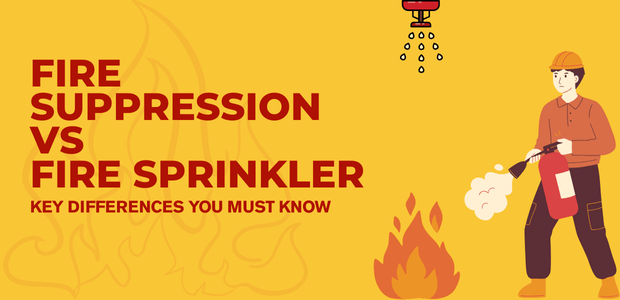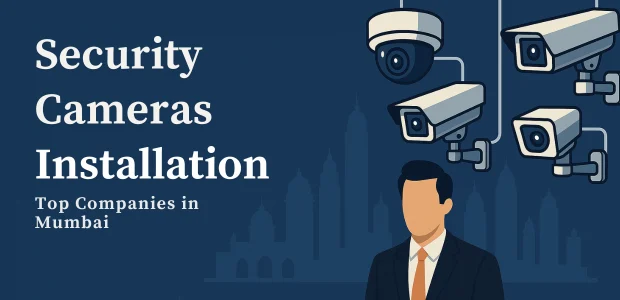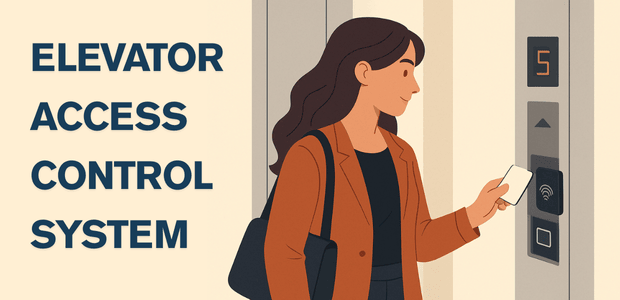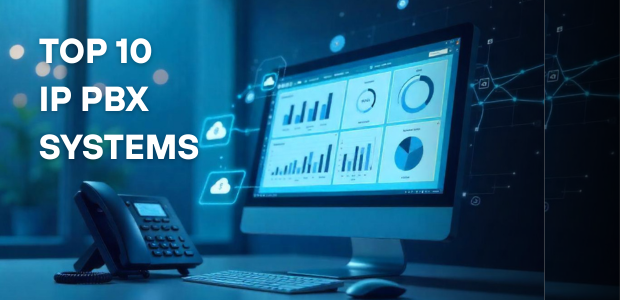Fire Suppression vs Fire Sprinkler: Key Differences You Must Know

- April 21, 2025
- Interface Digital
When it comes to protecting lives and property from the devastating effects of fire, two common systems come into play — fire suppression systems and fire sprinkler systems.
While both are designed to control or extinguish fires, they work differently and serve unique purposes.
Choosing the right one can make all the difference in minimizing damage and ensuring safety.
In this blog, we’ll break down the differences between fire suppression vs fire sprinkler systems, their components, and when you might need one over the other. Let’s dive in!
In the fire suppression vs fire sprinkler debate, it all boils down to your specific needs and risks.
What is a Fire Suppression System?
A fire suppression system is used to control fires by using gaseous, chemical, or foam agents instead of water. Fire suppression is beneficial for areas like:- Server rooms
- Semiconductor manufacturing facilities
Types of Fire Suppression System
These are a few popular fire suppression systems:- Clean Agent Systems
- CO2 Systems
- Wet Chemical Systems
- Foam Systems
- Watermist
Key Components
A typical fire suppression system incorporates:- It comes with fire detectors that detect smoke, heat, or flame.
- It comes with a fire monitoring system, which can help you monitor fireplaces.
- It comes with nozzles that release the suppression agent.
- Every fire protection system comes with a manual. The manual covers the installation process, how the system works, and more.
What is a Fire Sprinkler System?
A fire sprinkler system utilizes water to control and extinguish flames. It is suitable for Class A, B, and C fires and may be less expensive than other suppression methods. However, while installing a sprinkler fire system, it is important to look into the system's location. Since water from sprinklers can harm some types of property and be useless against certain flames, particularly grease fires.Types of Fire Sprinkler System
Here are the main types of fire sprinkler systems below:- Wet Pipe Systems
- Dry Pipe Systems
- Pre-Action Systems
- Deluge Systems
Key Components
The essential parts of a fire sprinkler system comprise:- It comes with sprinkler heads that are the size of a glass bulb. Primarily, it is installed in the ground.
- As we have mentioned earlier, pipes store the water and release it when it is activated. It has two types: wet or dry.
- Control valves are used to control the flow of water in the fire security system.
- The alarm check valve controls the flow of water in a reverse manner.
- Without water, these fire systems are useless. Water supply is a most essential component, it must be regularly supplied for active fire protection systems.
Fire Suppression vs Fire Sprinkler System: Which is Best for You?
Now, let’s talk about the big question: fire suppression vs fire sprinkler system — which one should you choose?- Fire sprinkler system
- Fire suppression system
| Feature | Fire Suppression System | Fire Sprinkler System |
| Extinguishing Agent | Gas, foam, chemicals | Water |
| Activation | Automatic or manual | Automatic fire extinguishing |
| Application Area | Sensitive/electrical spaces | General buildings |
| Residue | Usually clean or minimal | High water damage possible |
| Cost | Generally higher | More budget-friendly |
Also read: Why Installing Advanced Fire Evacuation System is Crucial?
Compliance and Safety Standards to Consider
Whether you choose a suppression or sprinkler system, it must comply with local fire safety codes and international standards like:- NFPA (National Fire Protection Association)
- IS 2190 (Indian Standards for Fire Protection)
- UL (Underwriters Laboratories) and FM (Factory Mutual) Approved Fire Safety Components
- Local Fire Department Codes
Also read: Fire and Emergency Evacuation Plan
Get Expert Help from Interface Digital Services
Choosing between fire suppression and fire sprinkler systems can be tricky — but you don’t have to figure it out alone. At Interface Digital Solutions, we specialize in planning, installing, and maintaining both types of fire protection systems. You can also customize based on your business or home environment. Whether you need a waterless solution for your server room or a cost-effective sprinkler system for your building, our experts will guide you through every step. We offer a list of high enterprise-grade equipments, which are mentioned below:- Fire hydrant systems
- IOT Rack Suppression
- Electrical Panel Suppression
- Novec Cylinder
- Sprinklers








